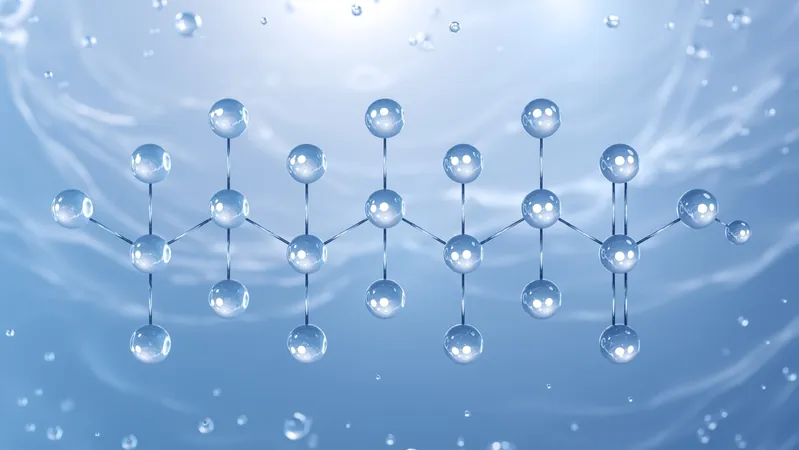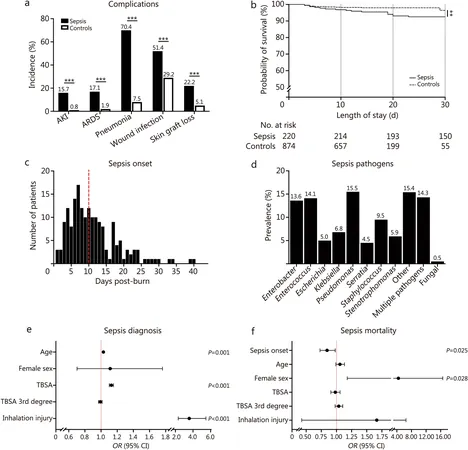
Revolutionary Silicon-based Lewis Acids Could Finally Conquer 'Forever Chemicals'!
2025-09-03
Author: Jacob
A Game-Changing Discovery from TU Berlin!
A groundbreaking team at the UniSysCat Cluster of Excellence in TU Berlin has achieved a remarkable feat: they have synthesized silicon-based super Lewis acids infused with an additional halogen atom for the very first time!
The Strongest Allies Against PFAS!
These newly crafted compounds are among the most powerful Lewis acids ever discovered. Their ability to target and dismantle the remarkably stable carbon-fluorine bonds in PFAS (per- and polyfluoroalkyl substances) positions them as potentially game-changing players in environmental chemistry.
Why Are PFAS So Tough to Tackle?
The infamous stability of PFAS stems from the incredibly strong carbon-fluorine (C-F) bonds. Due to fluorine's high electronegativity, these bonds create an exceptionally stable connection with carbon that ordinary chemical processes simply cannot break.
This extraordinary bond strength has earned PFAS the dubious title of "forever chemicals," as they linger in our environment for decades, contaminating soil and water without a viable solution—until now!
Harnessing Electron Hunger for Degradation!
To effectively decompose PFAS, substances must possess a tremendous affinity for electron pairs. Enter the new super Lewis acids: the fusion of silicon and a halogen atom results in acute electron deficiency, enabling the disintegration of those stubborn PFAS bonds.
A Precise and Inert Synthesis!
Creating these innovative compounds is no small feat; they must be synthesized under inert conditions to avoid contamination with oxygen or moisture. The team utilized a technique known as protolysis, traditionally applied in carbon chemistry, now ingeniously adapted for silicon.
Predictive Power through Quantum Chemistry!
Beyond hands-on experimentation, advanced theoretical calculations were pivotal. Using quantum chemical methods, researchers predicted the acidity based purely on molecular structure, subsequently validating their predictions with NMR spectroscopy.
A Bright Future for Environmental Remediation!
The prospects for these super Lewis acids are nothing short of promising. They show immense potential for addressing PFAS contamination across environmental and industrial landscapes. Their regenerative ability means that even a small quantity could effectively neutralize considerable amounts of these persistent pollutants.
The breakthrough provides not just hope but a roadmap for a cleaner, safer future!









 Brasil (PT)
Brasil (PT)
 Canada (EN)
Canada (EN)
 Chile (ES)
Chile (ES)
 Česko (CS)
Česko (CS)
 대한민국 (KO)
대한민국 (KO)
 España (ES)
España (ES)
 France (FR)
France (FR)
 Hong Kong (EN)
Hong Kong (EN)
 Italia (IT)
Italia (IT)
 日本 (JA)
日本 (JA)
 Magyarország (HU)
Magyarország (HU)
 Norge (NO)
Norge (NO)
 Polska (PL)
Polska (PL)
 Schweiz (DE)
Schweiz (DE)
 Singapore (EN)
Singapore (EN)
 Sverige (SV)
Sverige (SV)
 Suomi (FI)
Suomi (FI)
 Türkiye (TR)
Türkiye (TR)
 الإمارات العربية المتحدة (AR)
الإمارات العربية المتحدة (AR)